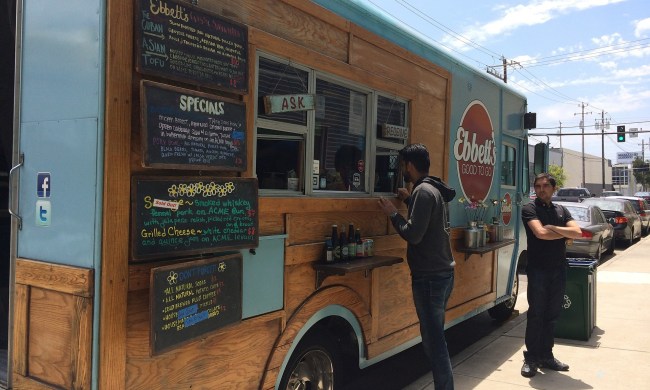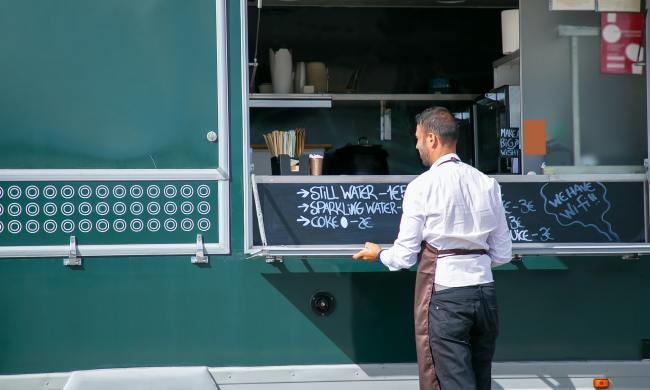Construction managers can make the big bucks — that’s why many people interested in building and architecture want to become one. If you’re wondering how to become a certified construction manager, the short answer is: It’s not easy. Before we dive into how you can become a certified construction manager, we should clarify some details on the role itself.

What is a construction manager?
A construction manager is essentially head of all aspects of a building project. Their scope of work includes forecasting and budgeting costs, hiring and supervising workers, ensuring work site safety, and scheduling.
A construction manager usually works closely with a construction project manager, whose job is to make sure they meet the building deadlines and to oversee all aspects of construction. There is always a construction manager for any type of construction project, whether it’s a new road, a high-rise building, or an oil pipeline.
There are semantics when it comes to supervisory titles on a construction site. Sometimes a construction manager is also referred to as a building superintendent or foreperson. All are high-level managers in the construction industry, however, what’s important is how their scope of work is defined within the building contract with the property owners and developers. According to the American Institute of Architects, a nonprofit organization dedicated to standardizing architectural practices, there are two types of construction managers.
Construction manager as advisor (CMa) family
A CMa is used on small to large-scale projects and acts as an independent adviser on construction management matters through the course of both design and construction. This means the construction manager might manage the details of how a building is constructed, but the property owner oversees the construction contractors and subcontractors.
Construction manager as a constructor (CMc) family
A CMc is fully involved in the construction project, managing all aspects of the build. They act as the lead contractor and hire and manage any subcontractors. The CMc may also take part in the actual construction of the building through their own work or their employees.

Becoming a certified construction manager
Similar to a CEO of a corporation, education and experience pave the way toward a career as a certified construction manager. Most construction managers are required to have a bachelor’s degree in construction management, industrial engineering, or a related field. Many go a step further and obtain a master’s degree in a related field. Ambitious students often apply for internships during the education phase to better understand a construction manager’s responsibilities.
After their education is complete, aspiring construction managers must gain work experience. Although it’s possible to skip some steps and enter into higher management roles, it’s common (and suggested) that they start at the bottom in the area of construction they’re most interested in. By starting at the bottom, a construction manager learns more aspects of the work that takes place on a building site, and can relate to the workers they will one day manage since they were once in their shoes.
The final step is passing the construction management certification exam. Candidates must have at least their bachelor’s and four years of construction work experience. Someone who has worked in construction for eight or more years is eligible to take the Certified Construction Management exam, which was created by the Construction Management Association of America. A person has three chances to take the CCM exam and pass before becoming ineligible. There are many books and study courses dedicated to helping you prepare for the CCM certification test.
How much do construction managers make?
All that hard work pays off. The median starting salary is around $79,000, with higher-end salaries being upward of $125,000. Construction manager salaries vary on the size, scale, and overall budget of a project.
Final thoughts
The role of a construction manager is essential to any building project. Their knowledge and building expertise are critical for construction to run smoothly and efficiently. If construction management is a field of interest for you, be prepared to work hard and pay your dues. Whether you decide to get a bachelor’s degree or attend the school of hard knocks, you’re still looking at an eight-year or longer time commitment before you can assume the title of construction manager.



